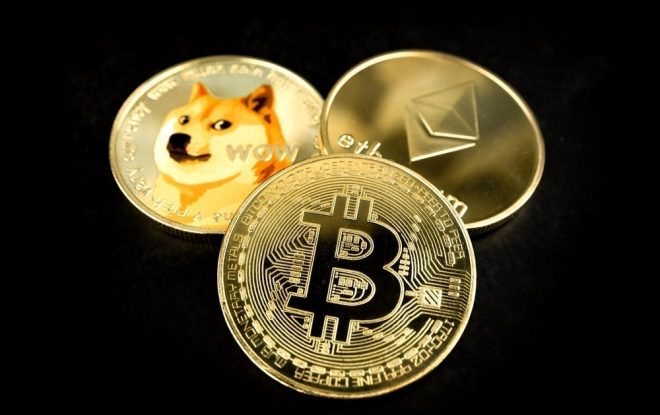Inside a $400 billion bet on the brain-computer interface revolution
Computer chips are coming to a brain near you — and sooner than you think.
At least that’s according to a report by investment bank Morgan Stanley, which estimates the brain-computer interface (BCI) market could be the next opportunity for investors, with a total addressable market of $400 billion.
“This is, to us, the next big opportunity in med tech — and it’s rare,” Morgan Stanley analyst Kallum Titchmarsh told Yahoo Finance. “BCIs have been in development for 100 years essentially. When you are five years away from full commercial launches, I think it’s time to get excited and get ahead of the curve.”
Titchmarsh covers medical technology stocks, such as Inari Medical (NARI), Penumbra (PEN), Sight Sciences (SGHT), Irhythm Technologies (IRTC), Nevro (NVRO), Inspire Medical Systems (INSP), and Embecta (EMBC), at Morgan Stanley. The report, published last month, estimates the commercial launch of BCIs in about five years.
“On our numbers, we expect just under $1.5 billion of revenue to be generated from BCI implant procedures out to 2035 (hitting north of a $500 million annual run rate in 2036), and hitting the $1 billion annual run rate by 2041,” the report said. “To us, these numbers seem very plausible, particularly when compared to existing med tech end markets…”
Analysts told Yahoo Finance that several neuro-technology companies are vying to be the Apple (AAPL) of their industry.
Titchmarsh estimates the penetration will be limited in the first 20 years of launch — likely sitting at less than 3% by 2045. “But still, this is such a large target market, you don’t really need too much penetration to be generating quite significant revenues,” he said.
Morgan Stanley broke the market into two categories: enabling BCIs and preventative BCIs. Enabling BCIs would help patients who have already lost their ability to move or speak as a result of a severe neurological disease or traumatic injury. Preventative BCIs would stop conditions such as depression and epilepsy.
Initial applications will help those with motor neuron disease and amyotrophic lateral sclerosis (40,000 and 30,000 people), spinal cord injury (300,000), stroke (900,000), multiple sclerosis (1 million), cerebral palsy (500,000), limb amputation (2.5 million), epilepsy (3 million), and depression (21 million, 2.5 million with severe treatment-resistant).
“In the future, there will be no phones, just Neuralinks,” Elon Musk posted on X, formerly Twitter, in June. Musk co-founded BCI company Neuralink in 2016, which is now valued at a reported $8 billion.




Leave a Reply